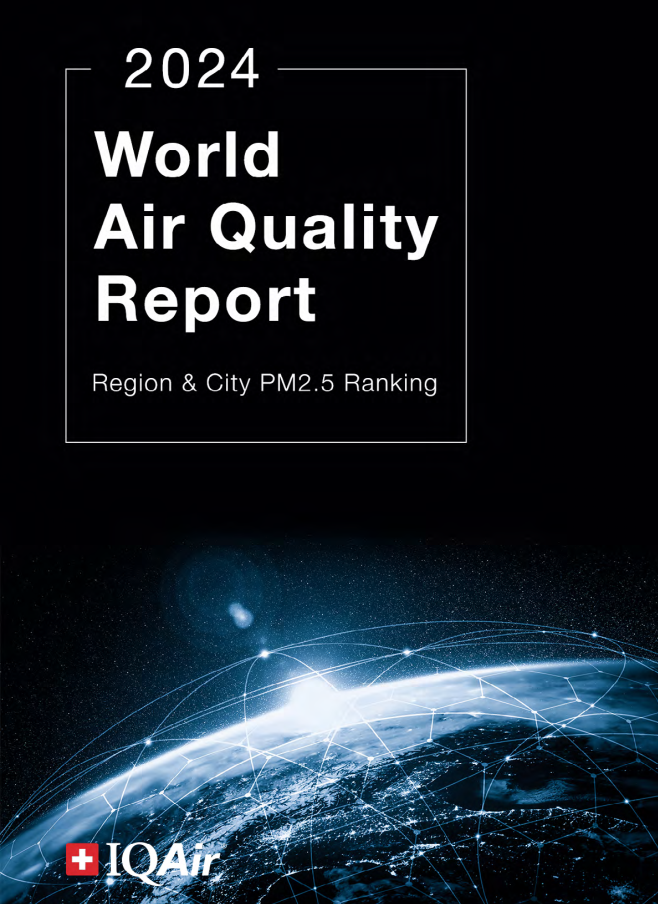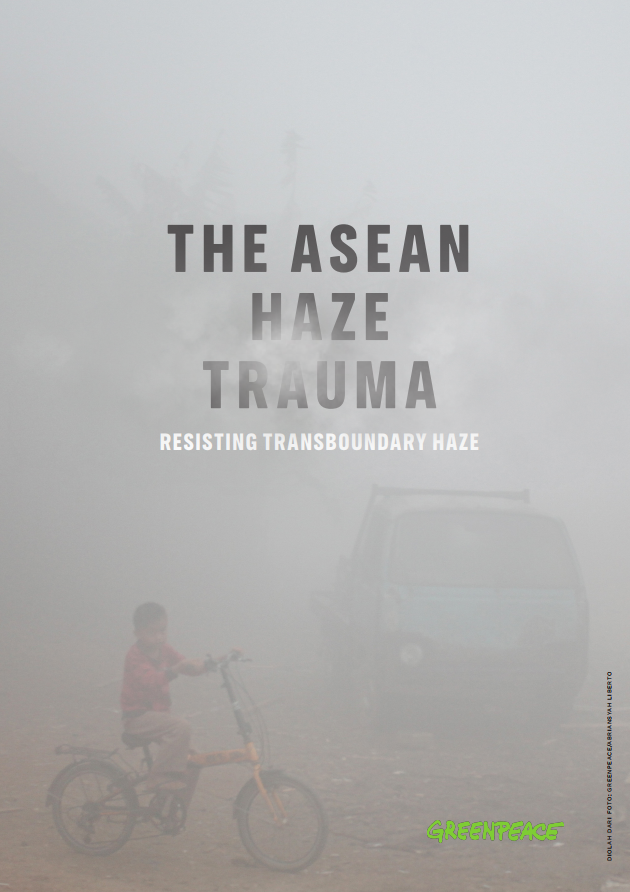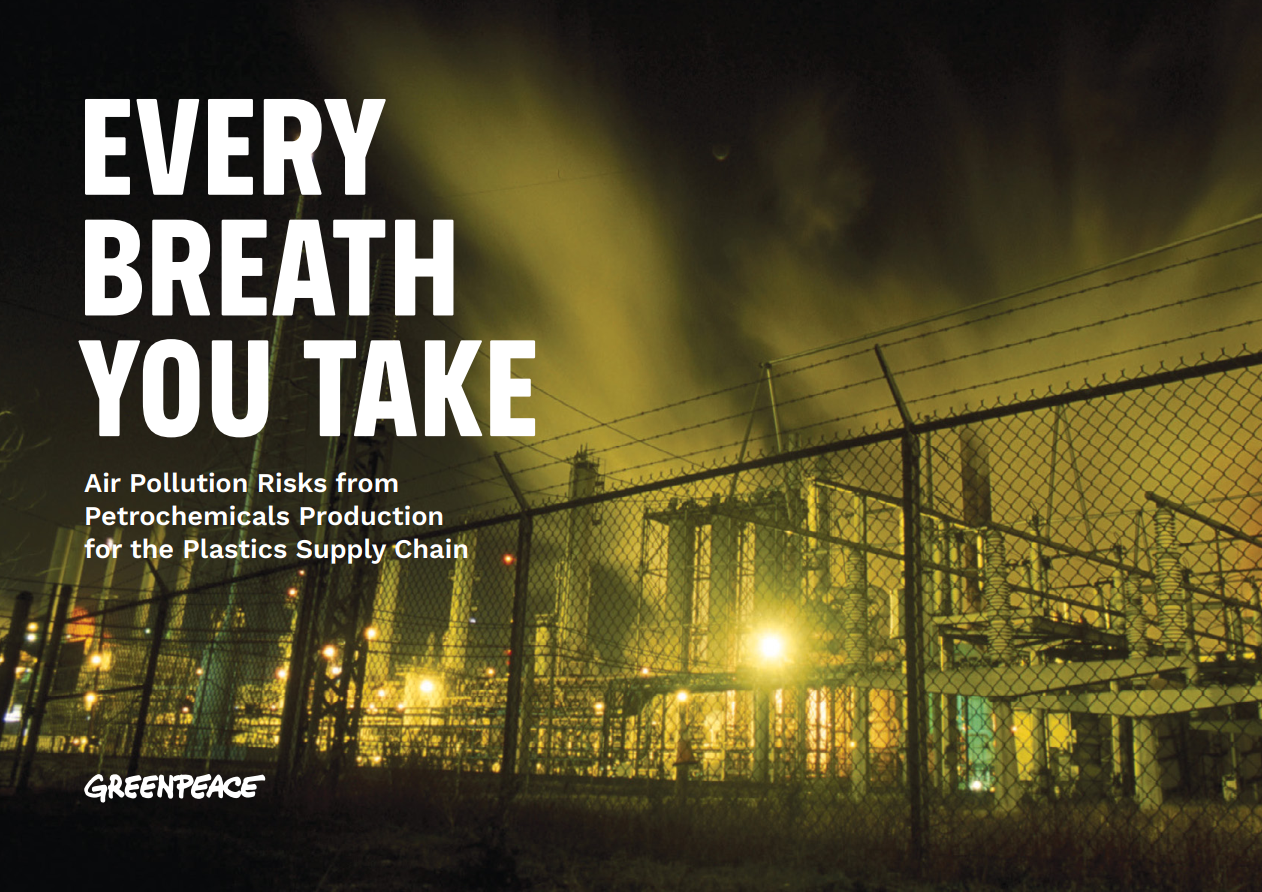
Executive Summary
Air pollution remains the greatest environmental threat to human health. According to the World Health Organization (WHO), 99% of the global population lives in areas that do not meet recommended air quality guideline levels. Air pollution is the second leading global risk factor for death, and the second leading risk factor for deaths among children under five, following malnutrition, due to its significant impact on respiratory and developmental health. In 2021 alone, 8.1 million total deaths were attributable to air pollution, with 58% of those deaths caused by ambient PM2.5 air pollution. The United Nations has declared access to healthy air is a universal human right. Exposure to PM2.5 contributes to and exacerbates various health conditions, including asthma, cancer, stroke, and lung diseases.
In addition, exposure to elevated levels of fine particles during pregnancy and early childhood are associated with congenital heart defects, eczema and allergic disease, cognitive impairments and delays, neurodevelopmental disorders, and mental health disorders.6The data used to create this report was compiled from over 40,000 air quality monitoring stations and low-cost sensors worldwide, operated by research institutions, government agencies, schools, universities, non-profit organisations, private companies, and citizen scientists.
The 2023 World Air Quality Report included data from 7,812 locations in 134 countries, regions, and territories. In 2024, those numbers have grown to 8,954 cities in 138 countries, regions, and territories. Coverage has expanded in Africa to include Chad, the most polluted country in 2024, along with Djibouti and Mozambique. The countries of Iran, Afghanistan, and Burkina Faso (ranked 5th most polluted country in 2023) are notably absent in 2024 due to a lack of data availability.
Only 12 countries, regions, and territories recorded PM2.5 concentrations below the WHO annual PM2.5 guideline of 5.0 µg/m³, most of which were in the Latin America and Caribbean or Oceania region; however in 2024, 17% of cities included in the report met the WHO annual PM2.5 guideline level, up from 9% in 2023. While this marks some progress, much more work has yet to be done to protect human health, especially that of children. It is our shared responsibility to safeguard the health and well-being of the world’s children, who will one day become the leaders of tomorrow. By equipping them with the knowledge and resources they need, we empower them to tackle the global challenges of the future.



